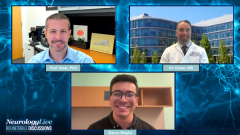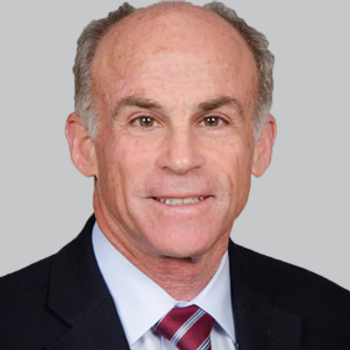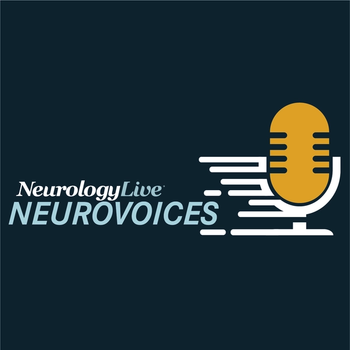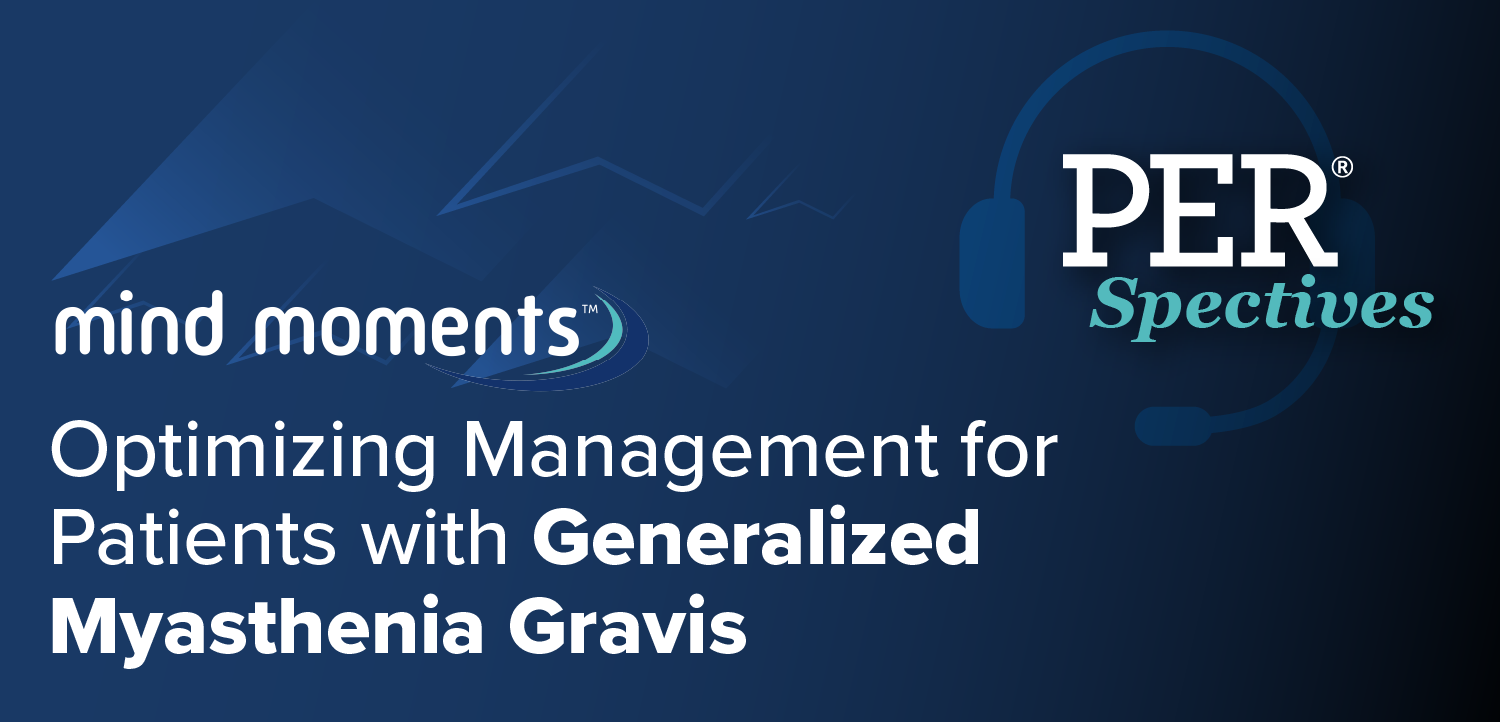
How Age and Disease Course Shape Remyelination Potential
Episode 4 covers how aging and disease duration impact remyelination potential and the strategies for targeting repair across the multiple sclerosis spectrum.
Episodes in this series

Despite major advancements in the treatment of multiple sclerosis (MS), including the emergence of highly effective disease-modifying therapies that target inflammation and reduce relapse rates, there remains a critical unmet need: the ability to repair damaged myelin. Remyelination—the process by which the central nervous system regenerates myelin sheaths around axons—is a key neuroprotective and potentially restorative goal in MS. While spontaneous remyelination can occur, particularly early in the disease, it is often incomplete and declines over time, contributing to irreversible neurological disability.
In recent years, an influx of research has significantly advanced our understanding of the biology of remyelination, uncovering new molecular targets, cellular mechanisms, and imaging modalities. Yet, despite promising results in preclinical models, there are still no FDA-approved therapies that directly promote remyelination. In this panel discussion, Ari Green, MD, and Paul Tesar, PhD, examine the evolving landscape of remyelination science—highlighting the translational challenges, trial design hurdles, and promising agents in development—while offering insights into the future of regenerative strategies in MS care.
In this episode, Green and Tesar dive into how aging and disease duration affect the brain’s capacity for remyelination in multiple sclerosis. They explore the biological slowdown of oligodendrocyte progenitor cells (OPCs) with age, and why that doesn’t mean opportunity is lost—just that the strategy must evolve. The panel also considers the challenges of clinical trial design, including who to include, how to measure success, and the importance of developing therapies that can reignite the brain’s repair systems in both early and later stages of MS.
Transcript edited for clarity.
Marco Meglio: What role does age or disease duration play in the potential for successful remyelination, and how should that inform clinical trial designs going forward? Obviously, in neurology right now, clinical trial designs—the ins and outs, the exclusion and inclusion criteria—are very much a topic of controversy at times. So talk a little bit about the role that age and disease duration play, and how this might impact future trials.
Ari Green, MD: I think that’s a fantastic question. I think there’s a very simple answer, which is: we don’t know. That’s the simplest answer. There’s a more nuanced answer, which is that it’s almost certain that there are some subsets of patients for whom remyelination will be more potent and will be easier to measure without lots of competing factors.
It touches a little bit on the point being made about the preclinical and clinical assessments, because the preclinical assessments—different ones are useful for different purposes. Some of them include inflammation in them, and some of them don’t. That’s super useful for us to disentangle the effects of inflammation from demyelination.
I think loosely, people in the clinical space will sometimes think of demyelination and inflammation as superimposed—as if they’re almost the same thing. But in reality, they’re different biological effects, and that’s important in thinking about measurement. It’s important in thinking about the preclinical models. It’s also important in thinking about when and how best people will get remyelinated, and who’s going to be most amenable to remyelination.
One thing we know for certain is that people who lack an underlying axon—if there’s no nerve fiber to remyelinate—remyelination is not possible. And there are lots of people who, even though that’s seemingly obvious, undertake and investigate approaches for remyelination in the wrong clinical context.
We’re all hopeful for therapies that will have a “Lazarus effect” and bring people out of wheelchairs and enable people who are severely disabled to restore some, if not complete, function. But we also don’t want to create the unrealistic expectation that remyelinating therapies are going to miraculously have that effect, especially in the context where axons have been lost. Therefore, it’s likely a mistake to investigate first remyelinating therapies in the context of people who have already suffered from severe disability.
It may be important—almost in the same way that people in the cancer space use some therapies for compassionate use with end-stage or advanced cancer—but it may not be the right way for efficiency in the field, and it may not be the right way to optimize the speed with which we develop these therapies for the broadest population of patients or people living with MS.
I think we’ve got to have that, you know, sometimes difficult but nuanced conversation with people. I think when we have it in a way that reflects on all the nuances, people get it. But sometimes—and understandably—all of us who care about people who live with MS want to get the most effective therapies into the space as fast as possible. But we have to recognize that the way to do that might be in effectively showing remyelination in some narrower context, so that we can expand it outward with success over time.
Paul Tesar, PhD: I think just to amplify the point: as with most regenerative processes, remyelination effectiveness is generally thought to decline with age and prolonged disease duration. The definitive aspect of this in humans—and whether or not it can be unlocked or reversed—still remains to be seen. But it's generally thought that OPCs may become less responsive, or that the CNS environment might be less permissive to remyelination with age, and certainly with disease duration. Where you have neurodegeneration, the opportunity to remyelinate and protect those axons goes away.
I think what this means for clinical trial implications is that it really provides a strong rationale for earlier therapeutic intervention strategies. We know progressive neurodegeneration starts at the very earliest phases of disease and continues even in the absence of relapse activity—even on some of the very potent and effective immunomodulatory therapies.
The earlier we can replace lost oligodendrocytes and myelin, the more likely it is to lead to better outcomes for patients. But earlier treatments come back to the question of biomarkers and imaging modalities, because now you're at a phase of the disease where there’s less going on. So, the ability to accurately say we’ve replaced or restored oligodendrocytes back to, quote-unquote, “baseline” or “normal,” or improved above the disease state, becomes even more challenging.
Newsletter
Keep your finger on the pulse of neurology—subscribe to NeurologyLive for expert interviews, new data, and breakthrough treatment updates.





































